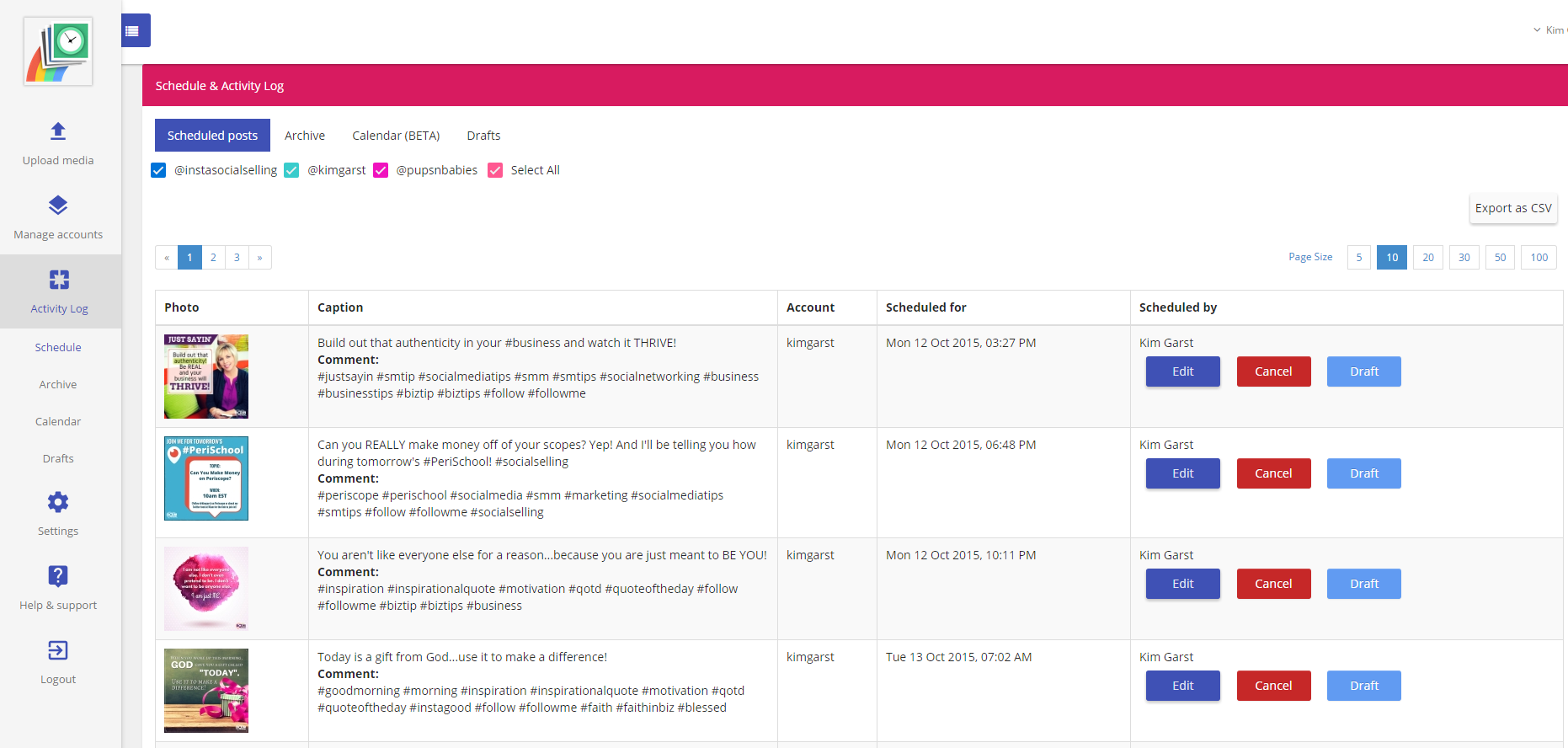Yes, it’s that time again. Holiday shopping season is on its way. (Although, for some, it’s already started.)
For online retailers, there’s more competition than ever before. Cyber Monday brought in more than $2 billionfor online retailers in 2014, and holiday spending was up 15 percent from the year before, according to a ComScore report.
To be sure they don’t miss out on this incredible time for sales, some merchants already have begun plotting their holiday marketing strategy, which includesemail marketing.
Why email?
Email is one of the most important aspects of a holiday strategy because in 2014, more than one in fouronline orders on Black Friday were placed as a direct result of email marketing. Plus, this medium was cited as the single most effective marketing channel in the United States that same year.
Think about it: While many people have a crowded inbox, an email has much more staying power than a social message that falls victim to algorithms, time passage, and limited reach without paid promotion.
The next question, then, is: “How do I write the perfect holiday email campaign?”
Related: How to Create an Editorial Calendar for Your Blog
Write an Open-Worthy Subject Line
The subject line of your email is essential. After all, it’s what gets your reader to open and discover the marketing message inside. Write a snooze-worthy subject line and your email will sit unopened until it eventually gets pushed down in the queue (and ultimately becomes out of sight, out of mind).
Think about using these tried and tested subject lines:
- “You’re Missing Out on X” (create fear of missing out)
- “A Special Discount for You, (First Name)” (personalized)
- “Want a Free Gift?” (everyone loves free things)
Next, think about your email’s core objective…what should the reader do once they open the message?
Start With One
When crafting your holiday emails, think about the single objective you want your customer to accomplish as a result of opening and reading your message. Eliminate decision fatigue by resisting the temptation to showcase every sale and promotion—just focus on the single-best promotion based on past success or customer feedback.
Once you’ve identified your objective, create a simple call to action button that is centrally located and easy for the scanning reader to find. Your button should have compelling microcopy (that’s the words on or around the call to action button) such as:
- Get my discount
- See the sale
- Get shopping
- Show me more
These simple phrases tell the reader exactly what they can accomplish by clicking on your button as well as what they can expect to find on the other side.
Related: 4 Apps That Can Make You a Better Writer
Keep It Simple
As for the overall design and messaging of your holiday email, less is more.
Your customers are being bombarded with marketing messages all season long. Don’t add to the noise by sending complex email with bells and whistles. Your email should download quickly and leverage whitespace that lets messages and images breathe.
Also, it must be mobile-friendly. According to Litmus, 53 percent of all emails are opened on a mobile device—so if your content doesn’t display correctly in those environments, your customers probably won’t take the time to pinch and scroll until they can see things clearly.
Get Planning
The final secret to your holiday email campaign: Start writing drafts right now.
Shoppers are starting earlier than ever, so you need to allow for time to refine your message and email campaign design before your competitors start sending their own messages and snapping up customers.

























